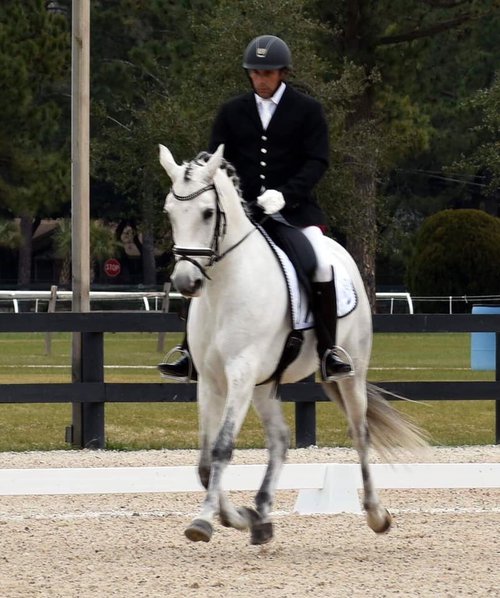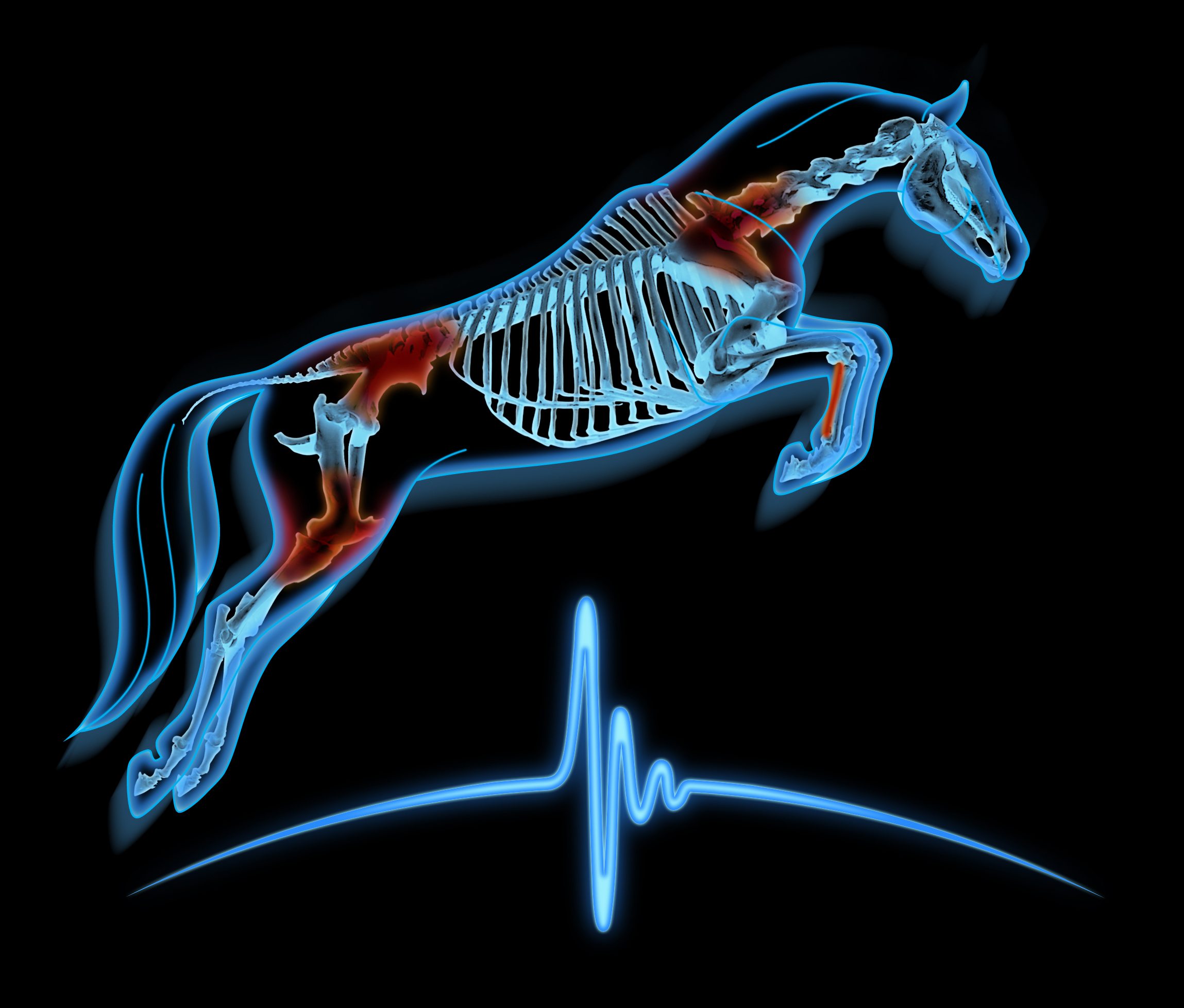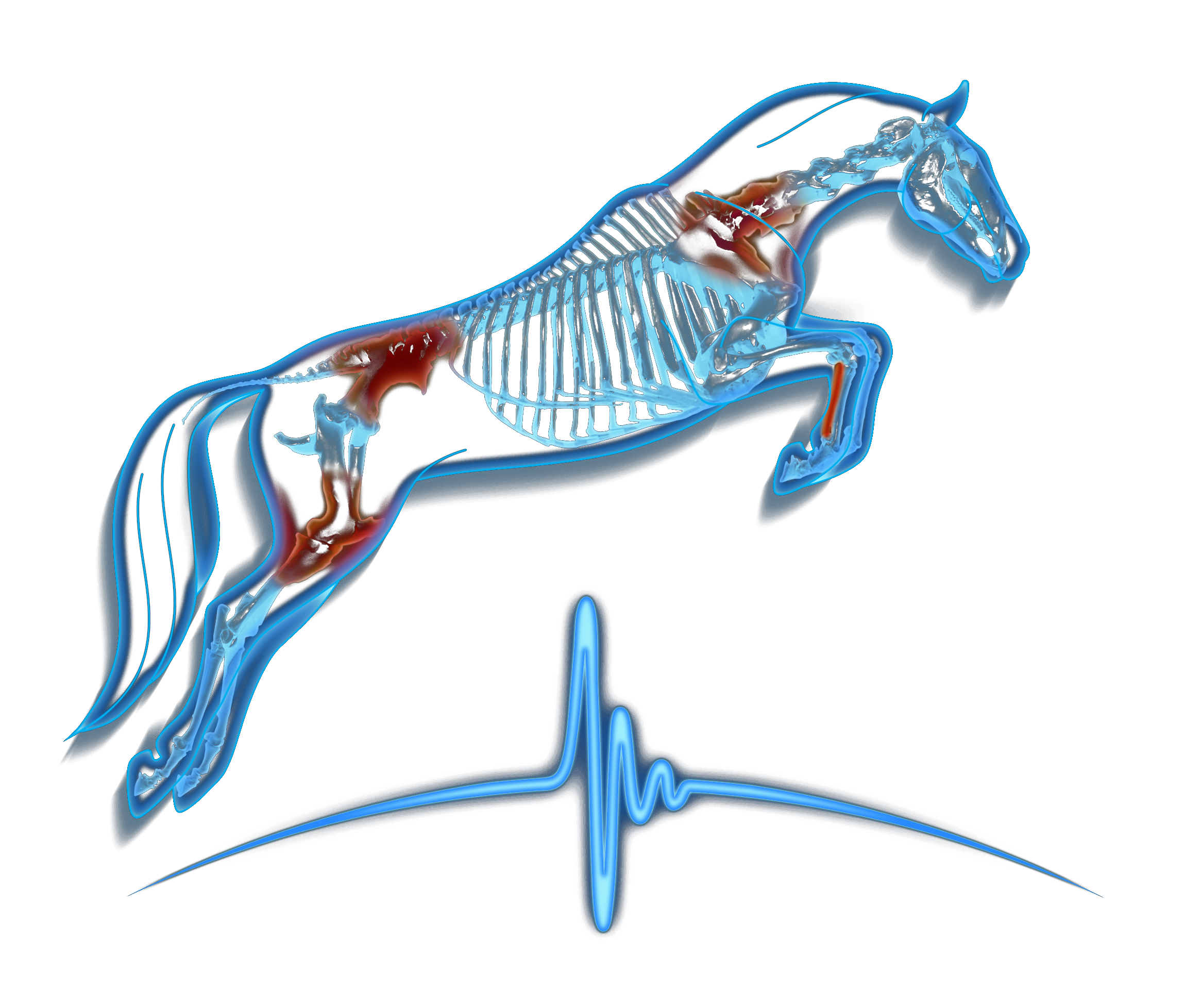Whole Horse Examination

Our philosophy for both a lameness and performance evaluation on our athletes entails thorough palpations, manipulations and various tests of not only the distal limbs but the axial skeleton as well. Muscle symmetry is closely evaluated and noted in order to gain insight into history of how a horse uses themselves, which can often be compared to previous evaluations to see how our patients are evolving in their programs and responding to treatments. Listening to history or watching videos is important to gain further understanding into cases. The movement portion of an exam often involves baseline jogging, flexion tests, lunging and/or under saddle observation. Combining all this information is what leads us to diagnostic analgesia, imaging or specific treatments- but it is very important that our clients understand the process so that a decision can be made together to best treat our patients whether injury is identified or optimizing their performance is the goal. These exams are thorough and we take our time to listen to our clients, observe and evaluate the complete presentation of our patients and this is the basis of our "whole horse philosophy". Our thorough reports and notes throughout examinations allow for consistent accurate medical records for either future comparison or to optimize multiple veterinarians collaborating on cases.
Modern Equine Vet April 2022 Jessica's article with an in depth description of the "whole horse examination".
The Whole Horse Exam: An Inside LookPlatinum Performance® Podcast
Master sports medicine practitioner, Cooper Williams, VMD, DACVSMR, ISELP, takes us through the intricacies of the whole-horse exam and how a methodical approach can yield vital information.

